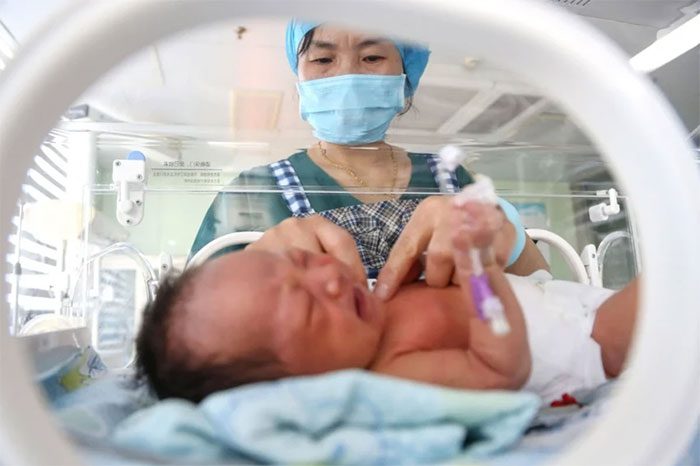Chinese scientists have discovered a new basis for determining male or female gender, which is based on chromosomes in reproductive cells, instead of relying on body cells as per the previous method, reported the South China Morning Post on March 17.
This discovery is detailed in an article published in the journal Human Reproduction, conducted by leading researchers at the Citic-Xiangya Hospital of Genetics and Reproduction in China.
Reproductive cells are those formed during the reproductive process, combining eggs (in women) and sperm (in men). In contrast, body cells are the basic cells that make up a human body, such as skin cells, bone cells, muscle cells, and organ cells.

The new basis for determining male or female gender is based on chromosomes in reproductive cells. (Photo: AFP).
According to the commonly used theory, gender is determined based on the chromosomes of body cells as XY (male) or XX (female).
However, scientists state that this theory cannot explain the case of a 30-year-old patient with somatic chimerism, a rare condition where body cells contain both XX and XY chromosomes.
Specifically, the patient exhibits female characteristics and organs, yet her tissues contain a mix of cells with both XX and XY chromosomes.
This prompted scientists to reconsider the theory of gender determination based on the chromosomes of body cells.
The authors of the article speculate that the initial cells that migrated into the patient’s gonadal ridge (the precursor to the reproductive glands) may have originated from XX, which is why this individual later exhibited female characteristics and organs.
“Based on these observations, we suggest that germ cells [which develop into reproductive cells] play a crucial role in determining the gender of the reproductive glands,” the scientists noted.
However, the authors will need to gather more data to further scrutinize this assertion, as the study is limited to examining a single patient.



















































